Jersey cows
History:
The Jersey breed originates from an island of the same name in England, Jersey is one of the oldest dairy breeds and has been introduced as a pure breed in nearly 6 countries. It was first recognized in England in the early 1771 and in the 1850s it was brought to America. Due to the wide range of temperature and geographical conditions adapted to the herds of Canada, South America, South Africa, and Japan. Milk production of this breed is much lower than those of other dairy breeds such as Holstein, Brown, Switzerland, and Short Horn and it is categorized in the seventh rank of high breeds.
Appearance:
Jersey colors range from very light gray to very dark henna, but both males and females are darker than the other parts of the hip, head and shoulders. Although the males of this breed are smaller than other dairy breeds. They are very muscular in the chest and shoulders, weighing 844-544 kg (1800-1200 lbs).
Behavior Characteristics:
In dairy breeds, livestock behavior is of great importance. In modern milking parlors the throughput is being prioritized, continuous mistreatment and kicking of animals cause unwanted delays and damage to expensive equipment. Jerseys females, unlike males with the highest levels of mistreatment, are the slowest among other dairy breeds. it should be noted that much of the behavioral response of animals depends on how they are treated.
Reproductive Features:
Jersey cows have high fertility rates and mature early, with which many of them give birth at 19 months of age.

Milk Production:
Jersey cows are known to produce large quantities of high quality milk and fat that can be used to produce a variety of dairy products such as butter, ice cream, yogurt.
Some of the milk features are:
Its protein content is 3.95%, which is 18% more than other breeds
Its fat is about 4.84 percent, which is 25 percent higher than the average
Calcium is 25 percent higher than average
With an average weight of 408kg (900 lb) Jerzy produces more milk, due to body weight, than any other breed. In fact, each breeding period has 13 times more milk production than its own body weight. It is nearly about 5000 kg and also there are some exceptions with high standard which their milk production increases up to 9000 kg.
Health:
Jerseys are highly resistant to diseases, cases of mastitis and dystocia are very low. Udder problems in this breed are half in Holstein breed, calving is usually done without problems which can be caused by low calf weight at birth (25 kg). In this breed, animals suffer less lameness due to their low weight and hooves strength, but unfortunately mothers and calves are more likely to develop milk fever than other breeds which can be controlled by the food diet of the mother before calving.
Other characteristics:
Jersey cows are very good grazers and have good production in hard and concentrated grazing plans. The production is very high in converting forage to high quality milk because they have a higher temperature tolerance than larger breeds. Due to longer life span the need for replacement and consequently herd costs is reduced and it is increased lactation throughout the life of the cow.
The carbon production of this breed is 20% lower than the average carbon production of cows that is environmentally important.
- Average milk production: 5000 kg
- Average milk fat: 4.84%
- Average milk protein: 3.95%
- Maturity age for insemination: 10 months
- Duration of pregnancy: 9 months




 beef cattle
beef cattle milky breeds
milky breeds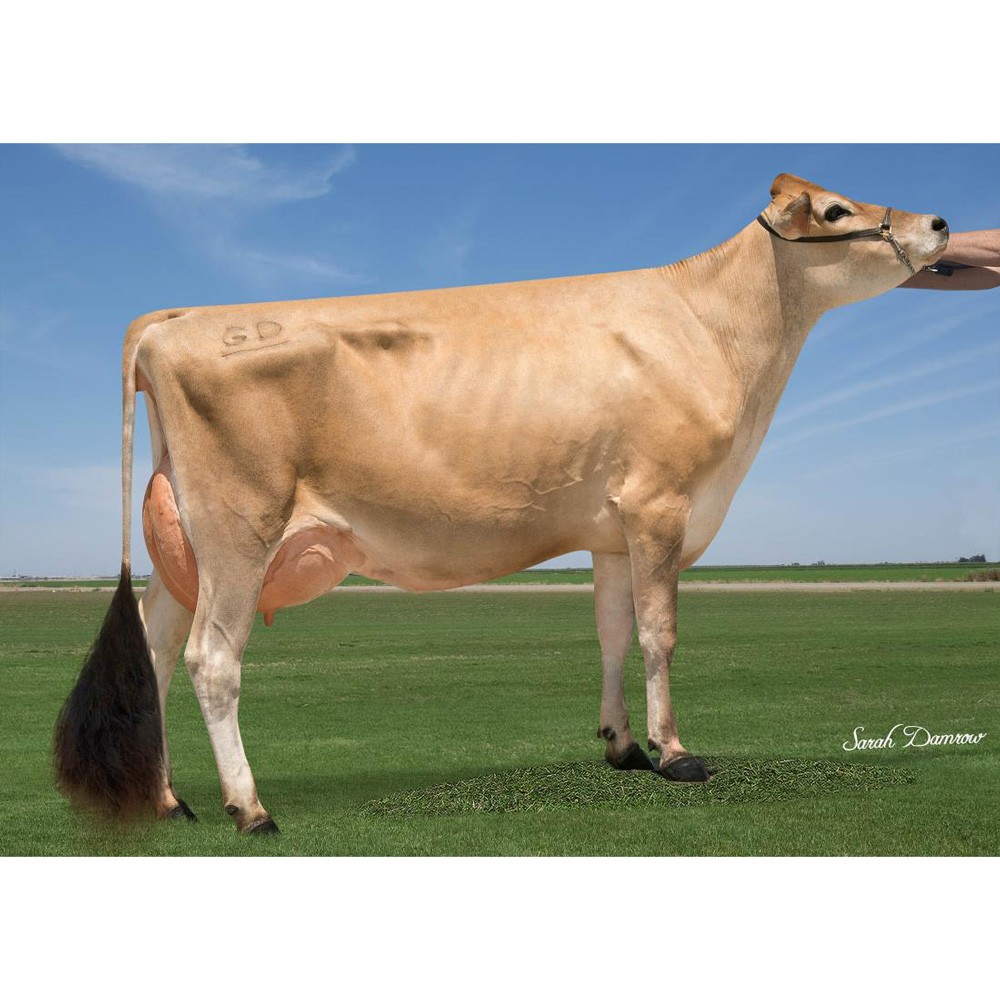
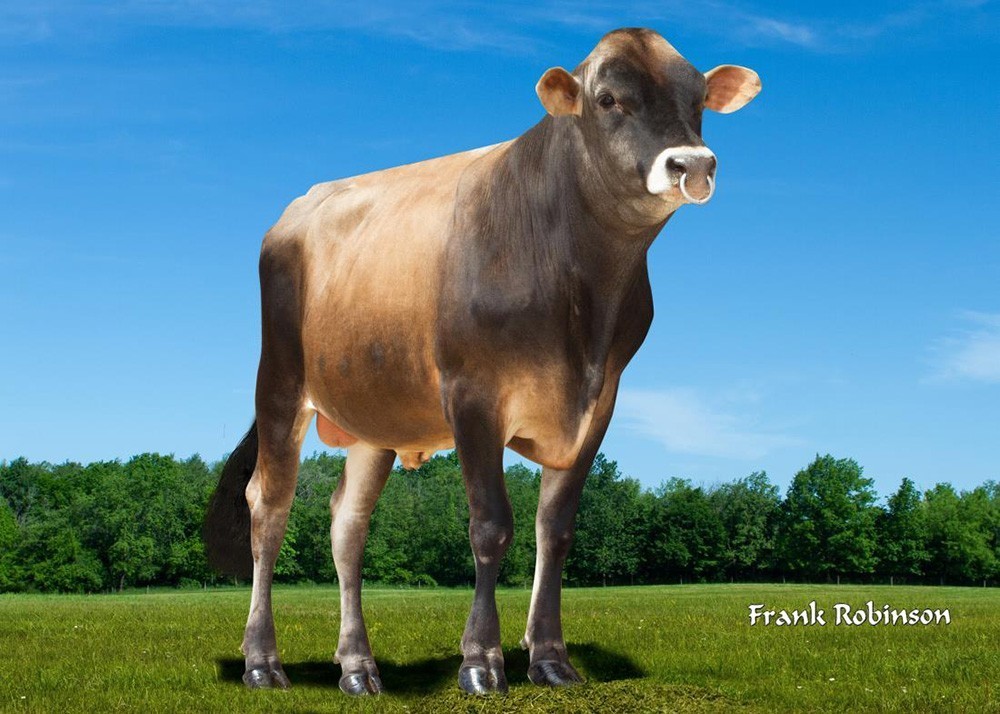
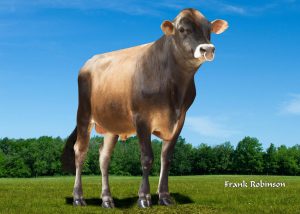

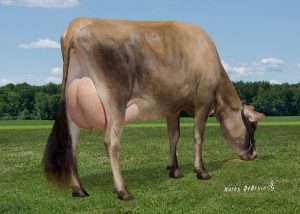

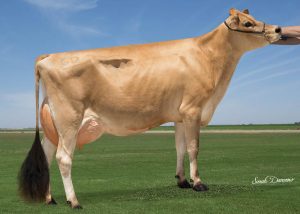
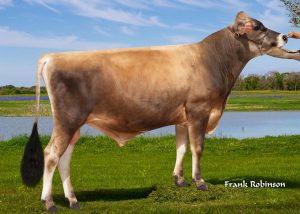

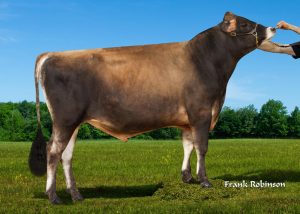

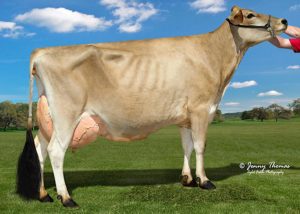


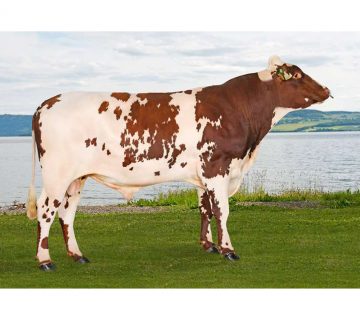
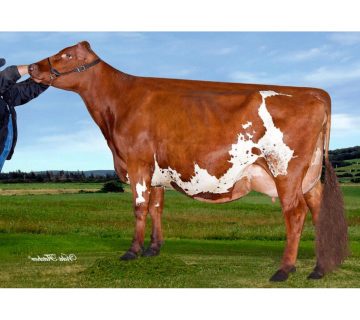
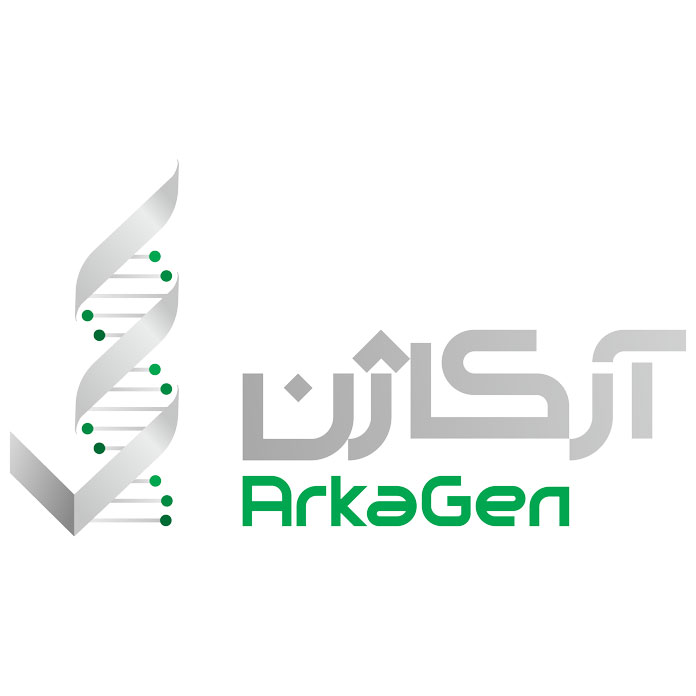
بدون دیدگاه